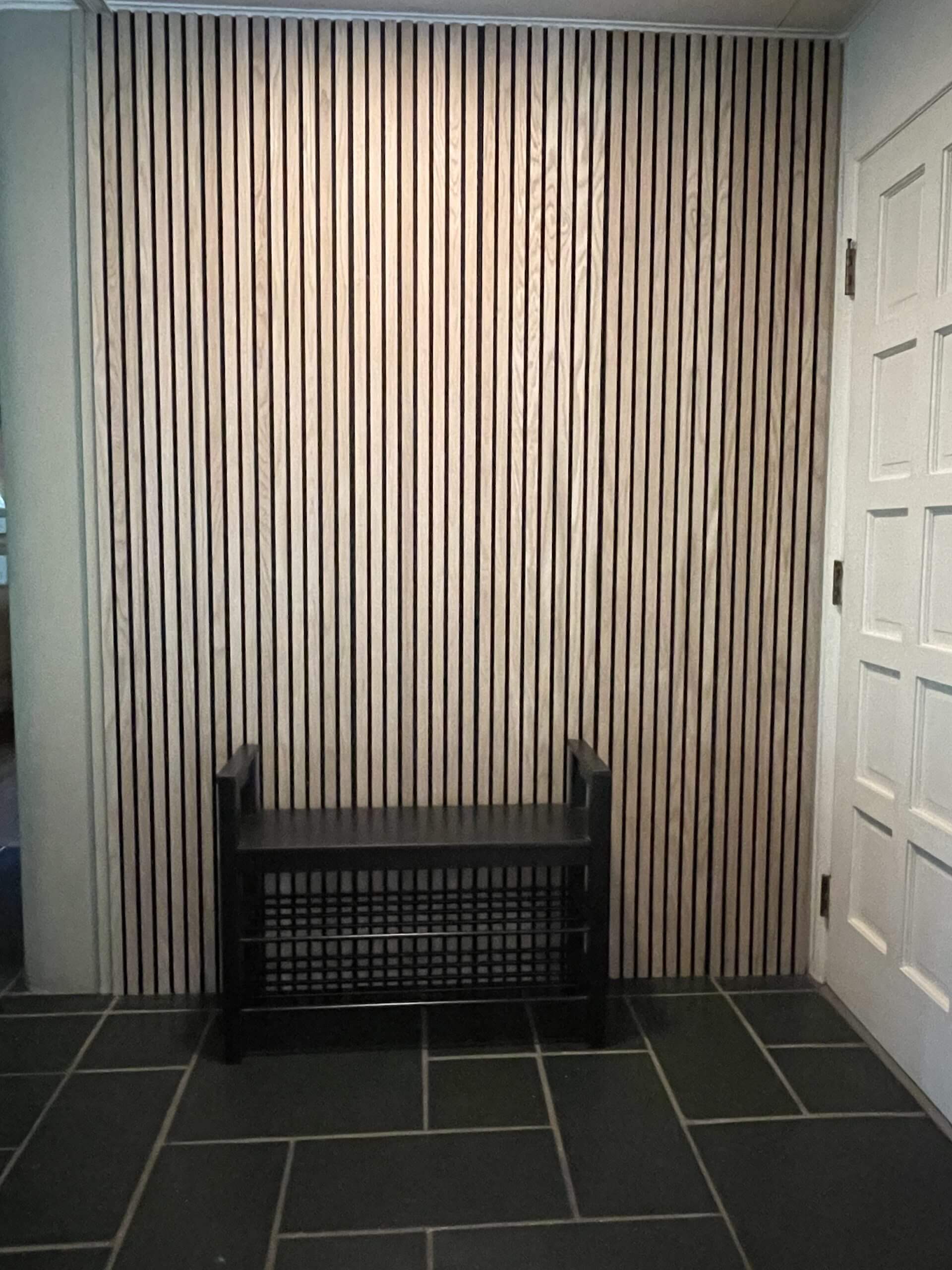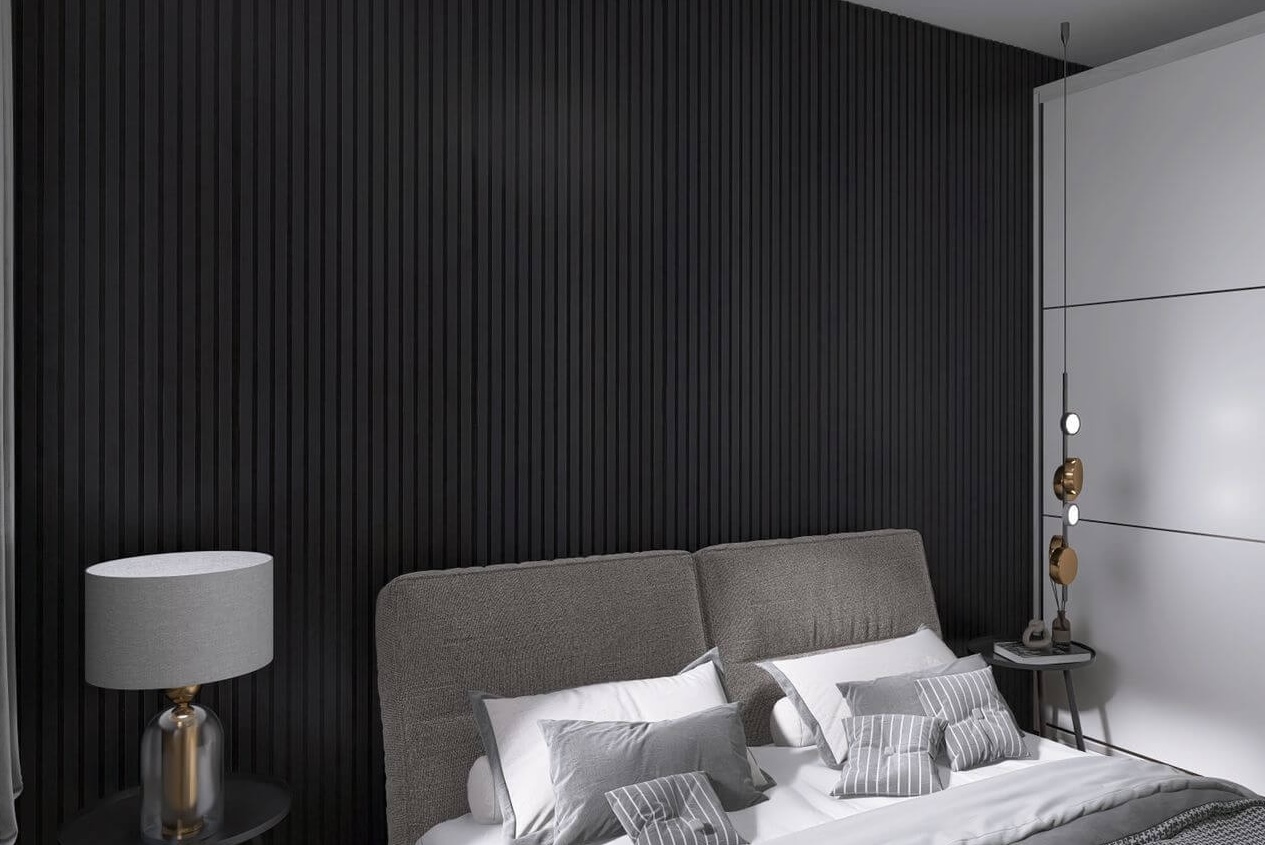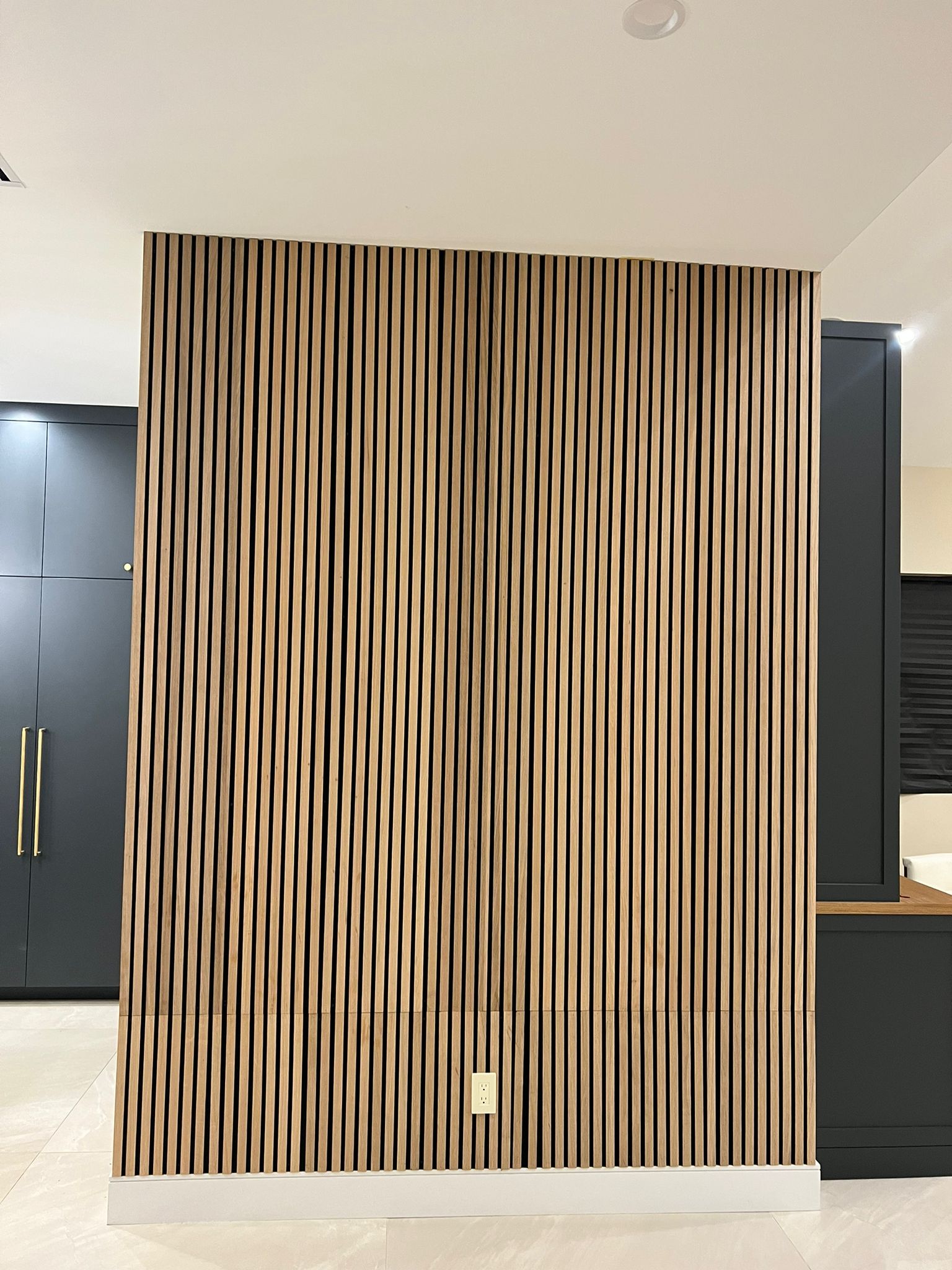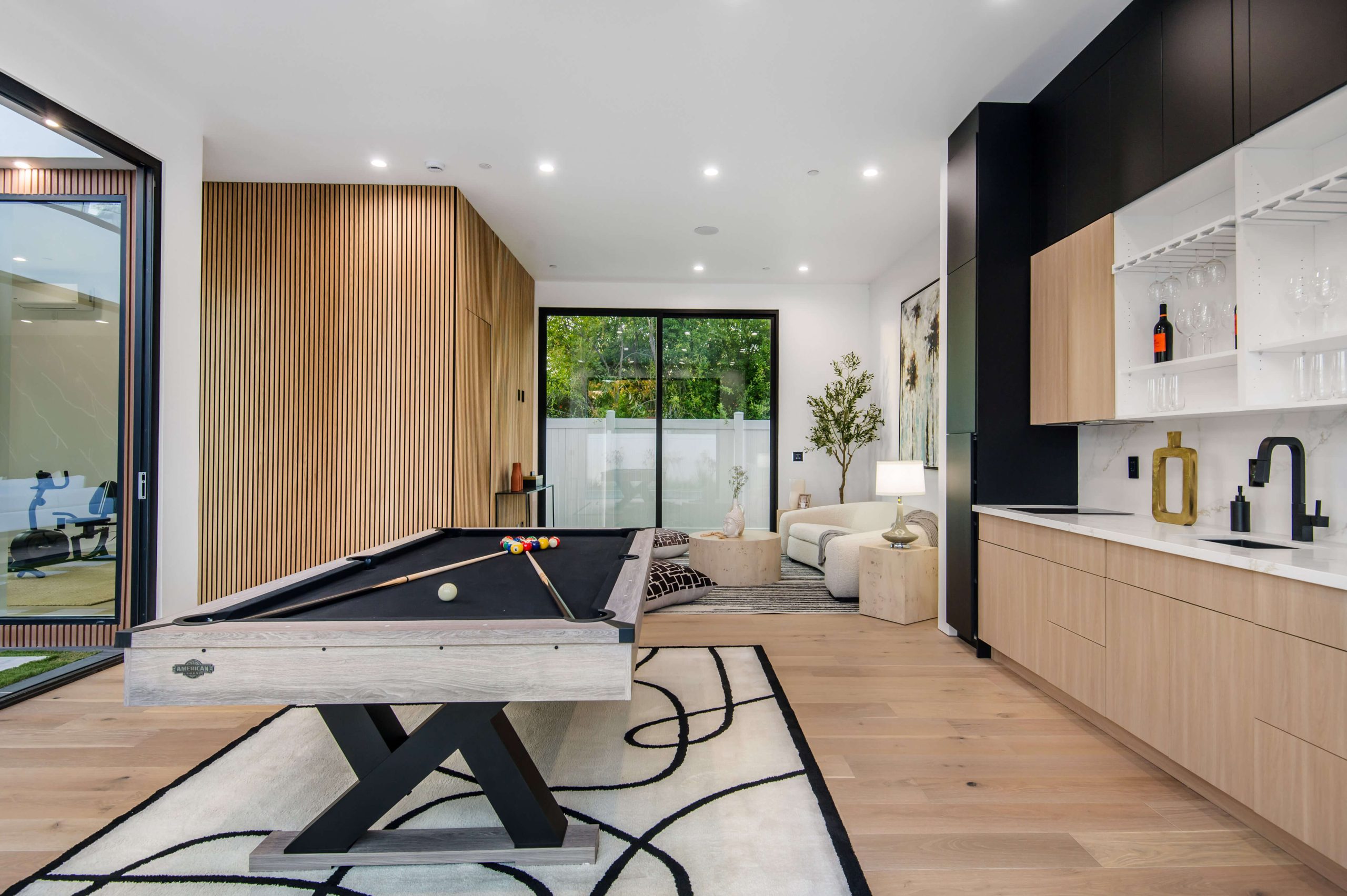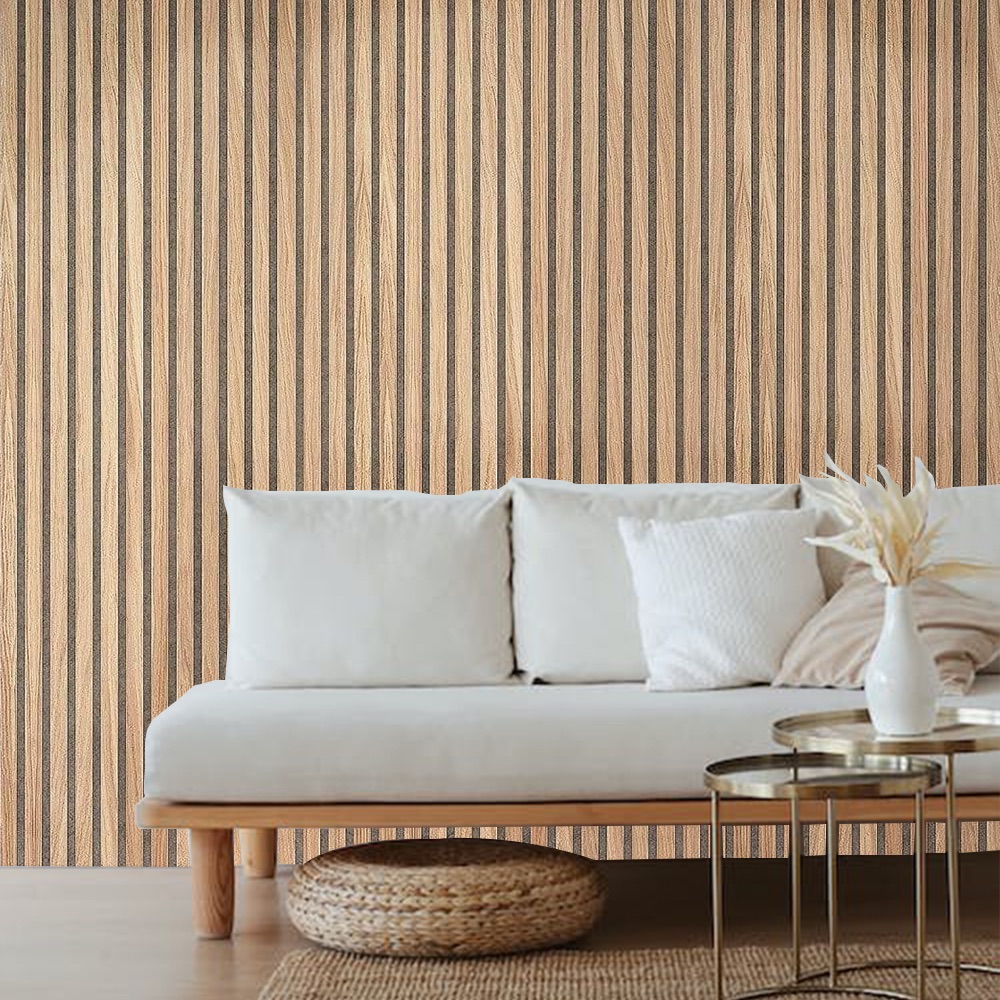Wood wall panels have taken center stage in modern design, and it’s easy to see why. From warm textures to practical benefits, they tick off so many designer wish-list items. If you’re curious about why designers are loving wood wall panels—and what they bring to homes and offices—this guide helps you see their appeal from every angle.
Designers Are Loving Wood Wall Panels for Their Warmth and Texture
One of the biggest reasons designers are loving wood wall panels is the natural warmth they bring. Wood adds a cozy richness that paint or wallpaper just can’t match. When you walk into a room with wood panels, you notice subtle grain patterns and warm tones that soothe the eye.
- Natural depth: Wood grain creates visual interest without being busy.
- Touchable texture: Running your hand along slatted wood gives a tactile experience.
- Color variety: From light oak to deep walnut, there’s a shade for every palette.
Designers often choose products like Natural Oak Acoustic Slat Wood Wall Panels early in the concept stage to build a foundation of warmth and texture. Another favorite is the Natural Walnut Wood Wall Panels with real oak finish—that rich tone deepens moody or minimalist spaces. The Black Wood Wall Panels with real oak finish are also gaining popularity for dramatic accents that stay elegant.
In each of these choices, designers are loving wood wall panels because they deliver an organic, grounded feel—transforming cold, sterile rooms into inviting retreats.
Designers Are Loving Wood Wall Panels for Their Acoustic Benefits
Sound management is often overlooked until it’s a problem. Whether in offices, media rooms, or open-concept homes, unwanted noise disrupts comfort and productivity. That’s why designers are loving wood wall panels with acoustic features. The combination of wood and felt or slats helps absorb and diffuse sound.
- Reduced echo: Modular slats break up sound waves and prevent bounce.
- Improved speech clarity: In offices or studios, this boosts comfort and function.
- Multi-functional design: Walls can look great and sound better—two gains in one.
Take the Oak Grey Felt wall panel, for example. Panels like this integrate felt and wood for a stylish acoustic solution. Designers are loving wood wall panels like these because they combine form and function—acoustically aware yet visually appealing.
Designers Are Loving Wood Wall Panels for Styling Flexibility
Wood wall panels are incredibly flexible for styling and layout. Need a feature wall? Want to cover the entire room? These panels adapt beautifully.
- Horizontal slats create length and drama.
- Vertical installation boosts ceiling height awareness.
- Herringbone or chevron layouts light classic and contemporary design.
- Modular grid systems mix wood tones, textures, and even clay tiles.
Designers are loving wood wall panels because they’re a canvas for creativity. Want a cozy library feel? Try a floor-to-ceiling walnut panel. Craving modern minimalism? Whitewash oak slats are crisp and fresh. Want contrast? Black oak cuts through neutral settings. The design sky is truly the limit.
Designers Are Loving Wood Wall Panels for Sustainability
Wood is loved by eco-friendly designers. When sourced responsibly, it’s a renewable, low-impact material that fits green building standards.
- Sustainably harvested or FSC-certified woods support ethical forestry.
- Low-VOC finishes help indoor air quality.
- Durable construction helps panels survive long term, reducing waste.
- Some lines use reclaimed or recycled wood, boosting circular design.
That’s why designers are loving wood wall panels—they align with sustainability goals while being practical, beautiful, and healthy for interiors.
Designers Are Loving Wood Wall Panels for Easy Installation
Time and cost matter during installation. Wood wall panels can speed things up with systemized methods.
- Tongue-and-groove or click-fit systems lock together tightly.
- Pre-finished panels remove the need for post-install treatment.
- Lightweight kits enable quick work without messy plaster.
Because of their ease of install, designers are loving wood wall panels—they simplify schedules and budgets while upgrading spaces fast. Clients appreciate minimal disruption and rapid results.
Designers Are Loving Wood Wall Panels for Integration With Other Materials
Wood plays nicely with many materials—metal, glass, stone, plaster, even LED lighting.
- Metal trim or inlay gives a sleek, refined transition.
- Backlit slats cast moody glows and reveal textures.
- Stone shelves embedded in wood walls merge hard and soft.
- In-wall glass cut-outs create peekaboo views and connectivity.
This means designers are loving wood wall panels because they mesh well in complex, layered interiors.
Examples in the Real World
| Space Type | Application | Impact |
|---|---|---|
| Home Lounge | Walnut feature wall with backlighting | Cozy glow, focal point |
| Office Lobby | Grey felt panels with glass niches | Softens sound, shows brand elements |
| Restaurant | Black wood slats around bar | Bold, modern vibe with contrast |
| Bedroom | Oak slat wall behind bed | Scandinavian calm with texture |
These real-use cases show not only that designers are loving wood wall panels, but also how they use them to solve real design challenges.
Designers Are Loving Wood Wall Panels for Maintenance and Longevity
Busy spaces need materials that hold up. Luckily, wood panels fit the bill:
- Surface durability: Good finishes resist scratches and dents.
- Repairability: Damaged slats are often replaceable.
- Deep cleaning: Just a dry cloth or mild cleaner to lift dust.
- Patina over time: Wood can gain character instead of looking tired.
That’s why designers are loving wood wall panels—they offer style that ages gracefully with minimal upkeep.
Designers Are Loving Wood Wall Panels for Value and Client Appeal
Finally, wood panel walls add real value: both aesthetic and financial. Clients see quality, warmth, and sophistication. Designers report:
- 85–90% of buyers list feature walls as big “wow” factors.
- Listing photos show wood-backed rooms sell or rent faster.
- ROI on wood feature walls often outweighs costs compared to wallpaper.
Because of this, designers are loving wood wall panels—they deliver looks, function, and spending-smart ROI.
Designers Are Loving Wood Wall Panels—What Should You Do?
- Decide your goal: warmth, sound control, aesthetics, style.
- Pick the right type: slats, felt, solid, reclaimed.
- Size it sensibly: full wall, ceiling-to-floor, framed section.
- Pair smartly: lighting, trim, materials to make it shine.
- Work with pros: precise layout makes big difference.
- Finish choices: matte oil for natural feel, gloss for clean modern.
All told, designers are loving wood wall panels because they’re practical, beautiful, flexible, and eco-friendly.
if you’re thinking about giving your space that designer touch, check out wood panels that look custom to get inspired or even source your perfect update.
Wood panel walls aren’t just a style— they’re a savvy design move. When designers are loving wood wall panels, it’s easy to see why.
FAQs
1. How do I know which type of wood wall panel is best for my space?
Start by considering your room’s function. If you need sound control (like in a home office or studio), acoustic slat panels with felt backing are ideal. For purely decorative purposes, choose based on tone—lighter woods like oak brighten small spaces, while walnut or black finishes add drama. Think about style, lighting, and maintenance preferences as well.
2. Can I install wood wall panels myself, or do I need a professional?
Many wood wall panels are designed for DIY installation, especially those with click-fit or tongue-and-groove systems. However, for large areas or intricate layouts, hiring a professional ensures proper alignment and secure mounting. Always check the product’s installation guide before starting.
3. Are wood wall panels easy to maintain over time?
Yes! Most modern wood wall panels are treated with protective finishes that make cleaning simple—usually just a soft cloth and occasional dusting. For deeper cleans, a mild, non-abrasive cleaner works well. Scratches or dings can often be touched up or refinished depending on the wood type.
4. Will wood wall panels work with my current decor style?
Absolutely. Wood panels are highly versatile and come in a range of tones and finishes to match any decor—modern, rustic, minimal, or traditional. You can also combine them with other materials like metal, glass, or stone to create a more layered, customized look.
5. Do wood wall panels add value to my home or office?
Yes, they can significantly enhance the visual appeal and perceived quality of a space. Real estate agents and interior designers often point to wood accent walls as a “wow” factor that helps homes sell faster. In commercial spaces, they project professionalism and sophistication.


